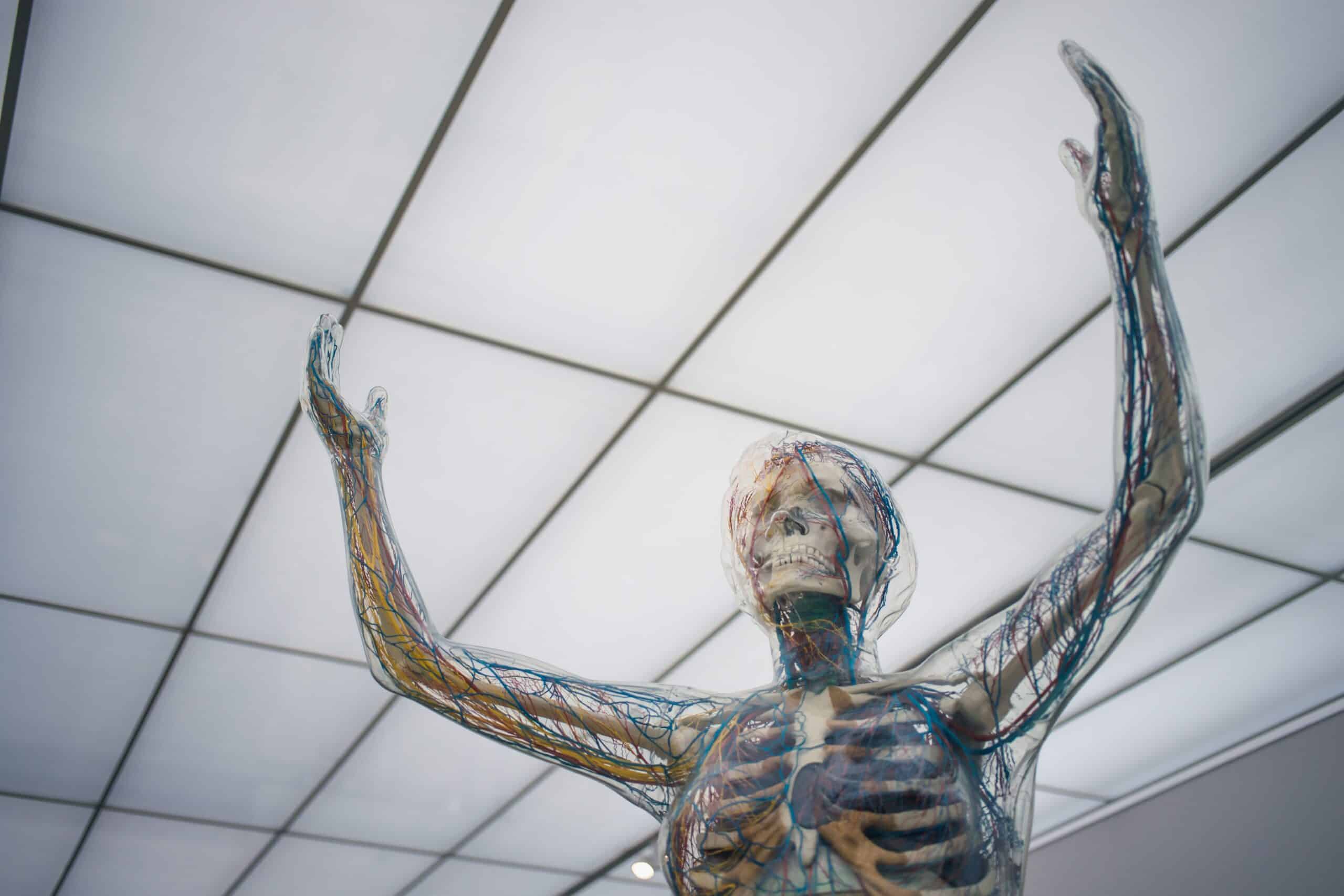Juggling life’s responsibilities causes many individuals to live in a constant state of stress. At any age, these stressors overwork our autonomic nervous system (ANS), affecting our blood pressure, breathing, and stamina. Below we discuss how your ANS works and how controlling it positively affects your rehabilitation.
What Is the Autonomic Nervous System?
The autonomic nervous system controls involuntary actions that keep your body functioning, such as your heartbeat and breathing. It also regulates your blood pressure, your digestive system’s response to food, the contraction of your bladder, the focusing of your eyes, and your body’s internal temperature.
The ANS can be broken down into two separate systems, the sympathetic nervous system and the parasympathetic nervous system.
The sympathetic nervous system controls your body’s “fight or flight” response. It prepares the body to switch into high gear by increasing adrenaline to prepare it for physical activity like exercise, or to react to a perceived threat in your environment.
The parasympathetic nervous system controls your body’s “rest and digest” response. It slows your body’s functions down and brings it back to a calmer state.
Why Sympathetic Dominance Affects Your Health
While sympathetic dominance is needed for physical activity, it should never be your normal resting state. Our modern culture requires our brains to be on 24 hours a day, and that constant brain stimulation takes a toll on your mind and body.
Chronic stress on your body is pathological. Cortisol production is increased, inflammation flares up, and your pain response is much stronger. The longer your sympathetic nervous system (SNS) is activated, the higher your risk of increased blood pressure and other health issues.
How Practicing Parasympathetic Control Amplifies Your PT
Practicing deep breathing through your nose helps disengage the sympathetic nervous system and activate the parasympathetic nervous system by stimulating the nerve endings in our nose, which then decreases your heart rate, respiratory rate, blood pressure, and more. This brings your body closer to a balanced state.
Besides teaching proper breathing techniques, your PT can also massage your Vagnus nerve to stimulate it. This nerve is responsible for the majority of parasympathetic input.
You can continue to reap the benefits of controlled breathing outside your physical therapist’s office. One type of breathing exercise you can incorporate into your routine is pranayama, commonly found in yoga.
Start Your Holistic Physical Therapy Treatment Today
The physical therapists at HLPT believe that rehabilitation is not only about healing your body, but gaining knowledge of how your involuntary systems and voluntary movements work together to keep you fully active and living life to the fullest in your golden years.
To get your treatment started with us, please call Heather Lane Physical Therapy at 720-507-3962 or book your appointment with us online today. Dr. Patrick Donovan and Dr. Greer Mackie are ready to assist you!


